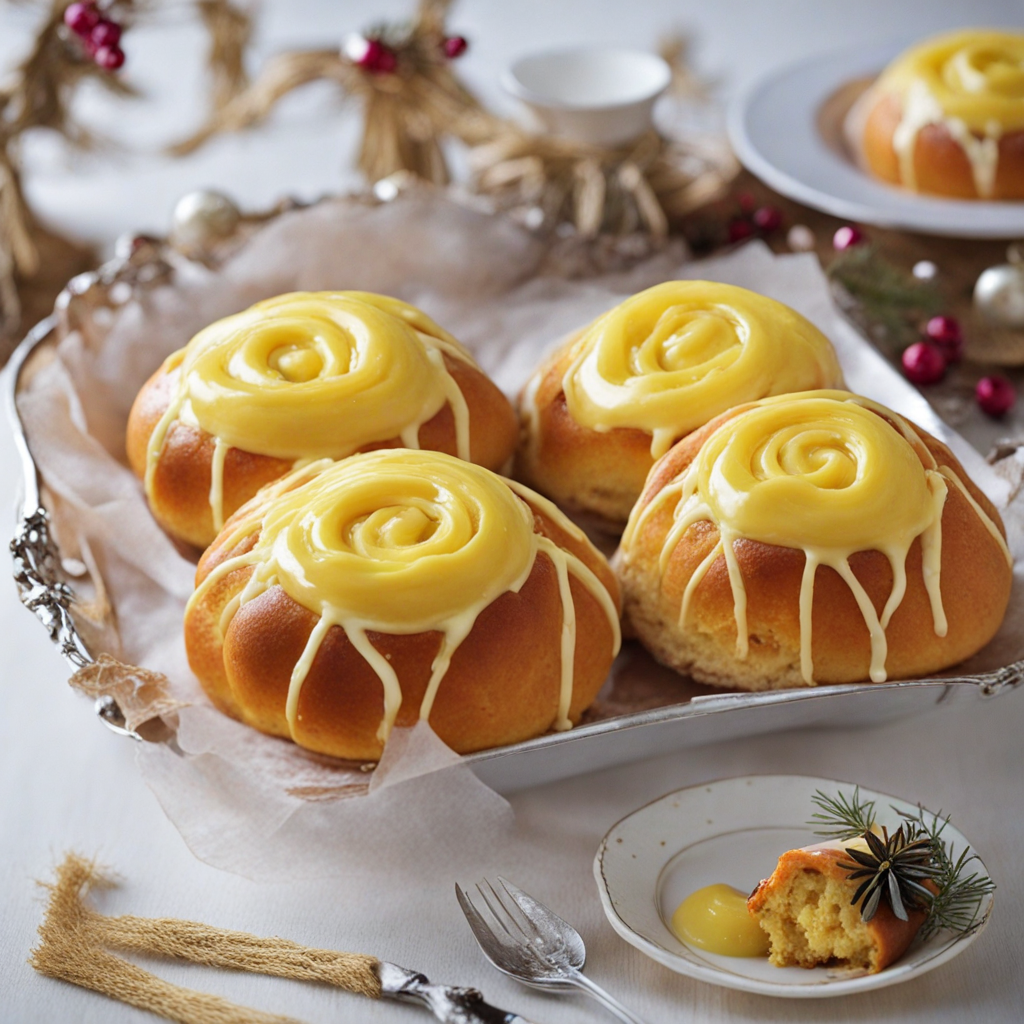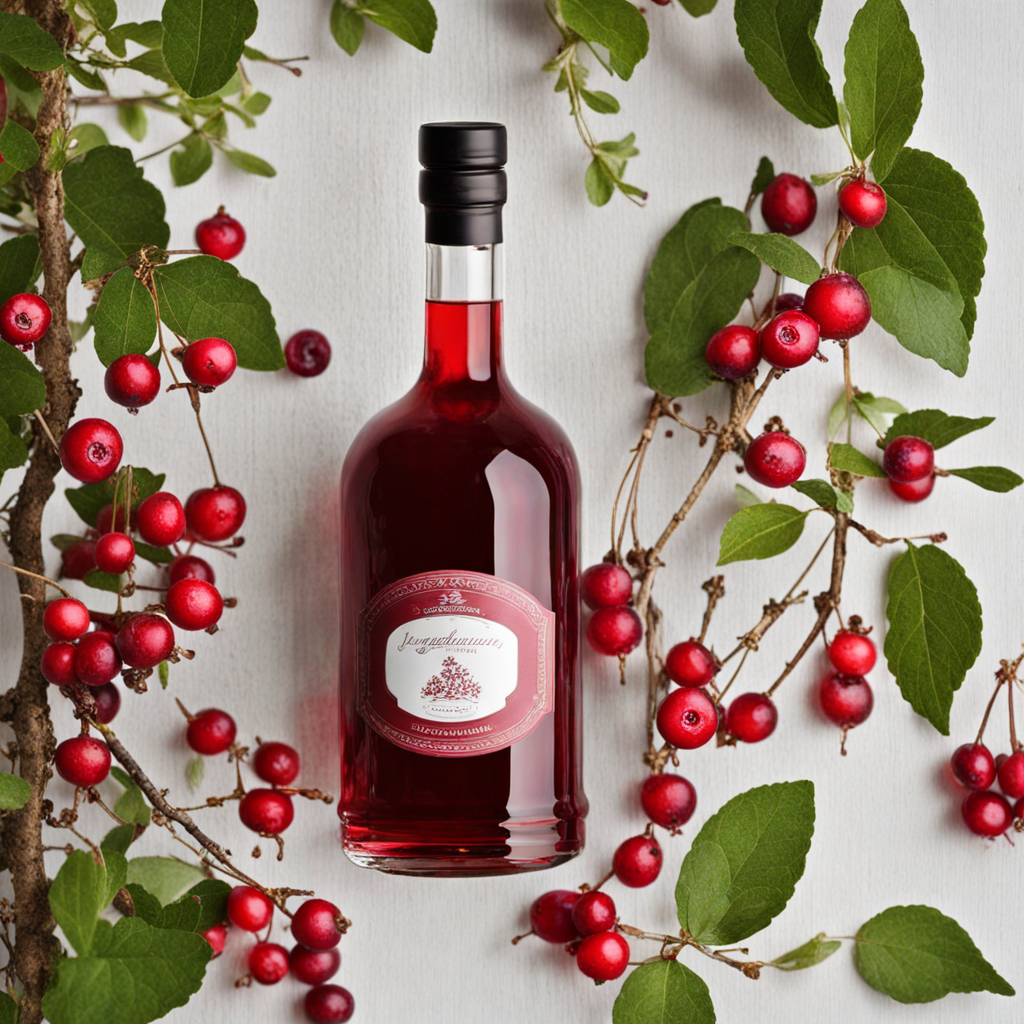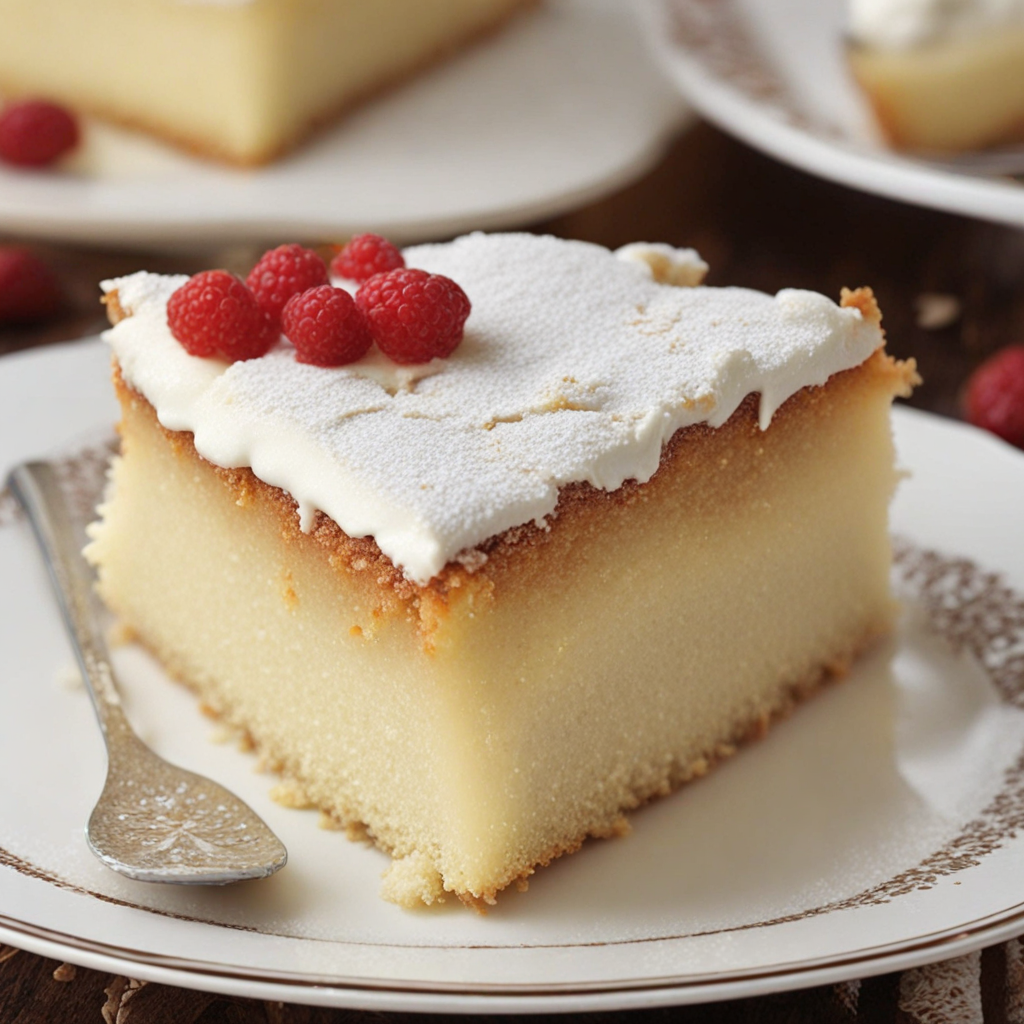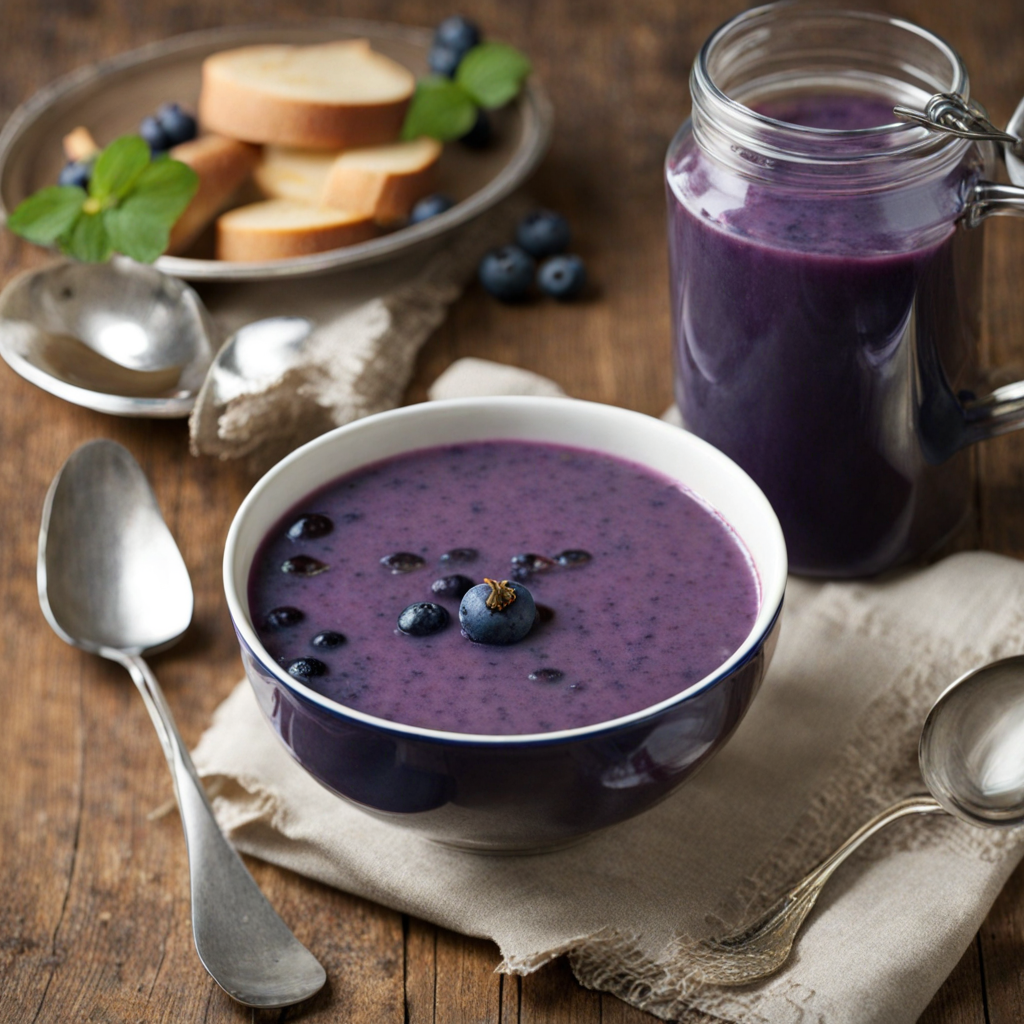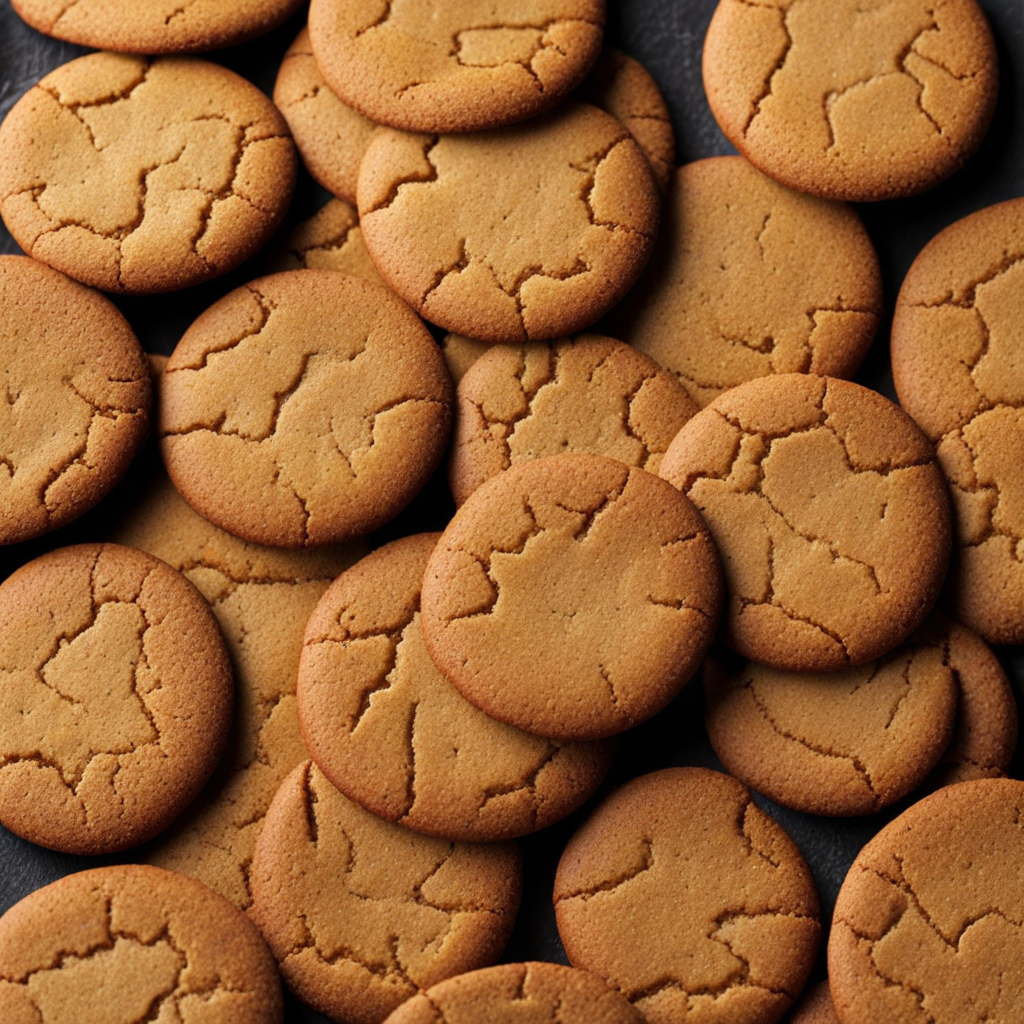Swedish Saffron Buns
Swedish Saffron Buns, known as "Lussekatter," are a delightful treat traditionally enjoyed during the festive season in Sweden, especially around Christmas. Their vibrant yellow hue comes from the infusion of saffron, which not only imparts a warm golden color but also lends a unique and aromatic flavor that is both sweet and slightly floral. The dough is typically enriched with butter, milk, and sugar, resulting in a soft, pillowy texture that melts in your mouth. The buns are often shaped into whimsical forms, such as figure-eights or spirals, and are adorned with raisins or currants, adding a touch of sweetness and a contrasting texture. The scent of saffron wafting through the air as these buns bake is a hallmark of Swedish holiday traditions. The combination of saffron with cardamom creates a complex flavor profile that is comforting and inviting, making them perfect for cozy gatherings. Served warm, these buns are often enjoyed with a cup of coffee or mulled wine, enhancing the overall experience. Their unique taste and festive appearance make them not just a treat for the palate but also a feast for the eyes. As you bite into a Swedish Saffron Bun, you’ll experience a delightful balance of flavors—sweetness from the sugar, warmth from the spices, and the unmistakable essence of saffron. Each bun is a piece of Swedish heritage, capturing the essence of celebration and togetherness. Whether you’re enjoying them during the holiday season or as a special treat any time of year, Lussekatter offer a taste of Sweden that is both unique and memorable.
How It Became This Dish
The Enchanting History of Lussekatter: Sweden's Saffron Buns As the winter solstice approaches, the air in Sweden is filled with the fragrant aroma of baking bread, mingling with the crisp chill of the season. At the heart of this festive culinary tradition lies a beloved pastry known as *Lussekatter*, or Lucia buns. These saffron-infused delicacies are not just a treat for the palate but a symbol of light and hope during the darkest days of winter. Their history is as rich and warm as the golden hue of the saffron that colors them. #### Origins and Symbolism *Lussekatter* is deeply intertwined with the celebration of St. Lucia's Day, celebrated on December 13th. This day honors St. Lucia, a Christian martyr who, according to legend, brought food and aid to persecuted Christians in the catacombs of Rome, often wearing a wreath of candles on her head to light her way. The tradition of celebrating Lucia is believed to have originated in Italy and was brought to Sweden in the 18th century, coinciding with the broader European customs surrounding the winter solstice. The name *Lussekatter* derives from "Lucia" combined with the Swedish word "katter," meaning "cats." This name likely refers to the twisted shape of the buns, which resemble the curling tails of cats. The use of saffron, a spice derived from the flower *Crocus sativus*, adds a vibrant yellow color to the buns, symbolizing the light that St. Lucia brought into the world. Saffron itself has a long history in Scandinavian cuisine, traditionally associated with wealth and luxury due to its labor-intensive harvesting process. #### Cultural Significance In Sweden, St. Lucia's Day marks the beginning of the Christmas season, an occasion filled with traditions that highlight community, family, and the coming of light. Early in the morning of December 13th, processions led by a girl dressed as St. Lucia, wearing a white gown and a crown of candles, take place in homes, schools, and churches. The procession symbolizes the triumph of light over darkness, a powerful metaphor during the long, dark winter months. As part of these celebrations, *Lussekatter* are baked and shared among family and friends, often accompanied by coffee or hot chocolate. Their bright color and unique flavor evoke a sense of warmth and joy, making them an essential part of the festive atmosphere. The buns are often shaped into various forms, most commonly the figure-eight or the "S" shape, which adds to their visual appeal and enhances the communal spirit of the celebration. #### Recipe and Evolution The traditional recipe for *Lussekatter* typically includes ingredients such as flour, butter, sugar, yeast, milk, and, of course, saffron. The use of saffron in baking is believed to have originated from the influence of the wealthy merchant class, as saffron was an expensive spice historically. The addition of raisins or currants for decoration, representing the eyes of the cats, is a more recent development that adds a touch of sweetness to the buns. Over time, variations of *Lussekatter* have emerged, reflecting regional preferences and innovations in baking. While the classic version remains popular, some bakers have experimented with different flavors, incorporating spices like cardamom or orange zest, or even creating vegan adaptations that substitute traditional dairy ingredients. These variations showcase the adaptability of the recipe and the creativity of modern bakers while still honoring the traditional roots of the dish. #### The Role of Lussekatter in Modern Celebrations In contemporary Sweden, *Lussekatter* are not just confined to St. Lucia's Day; they have become a staple throughout the Christmas season. Bakeries and homes alike prepare these delightful buns to share with friends and family during holiday gatherings. The sight of golden *Lussekatter* on the table is synonymous with the warmth of the holiday spirit and the joy of togetherness. The popularity of *Lussekatter* has also spread beyond Sweden's borders, with Swedish expatriates and global enthusiasts embracing the tradition. In many parts of the world, especially in regions with significant Swedish communities, *Lussekatter* can be found in bakeries and at festive events, reminding people of their heritage and the beauty of shared traditions. #### Conclusion The history of *Lussekatter* is a testament to the enduring power of food as a cultural symbol and a means of connection. From its origins tied to the figure of St. Lucia, through its evolution in recipes and customs, to its place in modern celebratory practices, *Lussekatter* encapsulates the essence of Swedish winter festivities. These saffron buns, with their enchanting aroma and golden hue, continue to light up the dark winter days, reminding us of the warmth of community, the richness of tradition, and the joy of sharing food with loved ones. As they are enjoyed with laughter and stories, *Lussekatter* are not merely baked goods; they are a celebration of life, resilience, and the enduring light of hope that each returning winter brings.
You may like
Discover local flavors from Sweden



